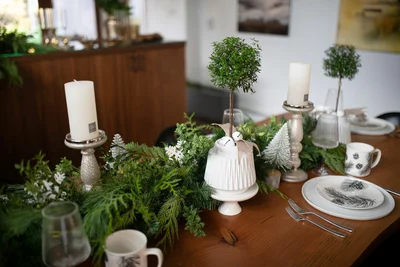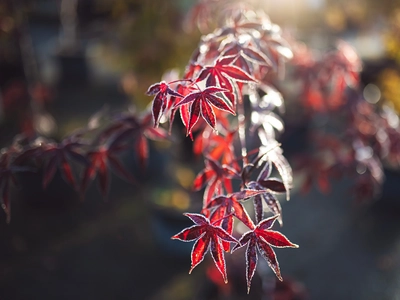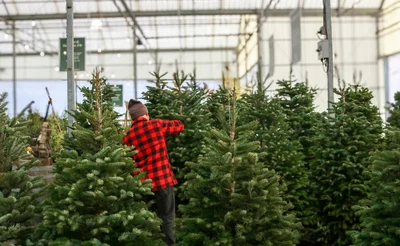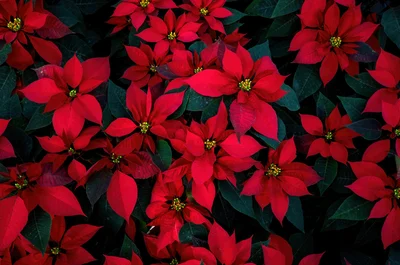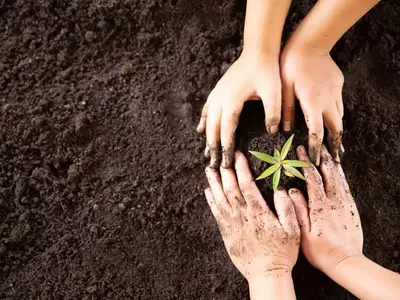
Written by Ingrid Hoff
What should a gardener do on Earth Day? My answer…. nothing, you’ve already done it.
I have a pretty high regard for anyone that picks up the trowel and tries their hand at making something grow. Gardeners are on the front lines in the creation of the “green line,” a protective barrier of plants that covers the surface of the Earth. The plants that make up this thin green barrier trap carbon from the atmosphere, produce the oxygen we need to breath, pull toxins out of the air and soil, their roots hold the earth in place, and they provide us with food, clothing and shelter.
Earth day is about doing something to benefit the only home we have
Anything that contributes to the health and well-being of plants is a win. Most gardeners I know are industrious and hardworking, they rarely take time to stop and enjoy what they’ve created. Having said that, there are a few extra tips and tricks to help your garden support our planet.
Go Organic in the Garden
- Think about your outdoor space as a place where you try to find balance, instead of trying to dominate or control
- If you have a shady, wet site then don’t try to grow lavender, try some ligularia instead
- Establish B.C. Native Plants whenever possible
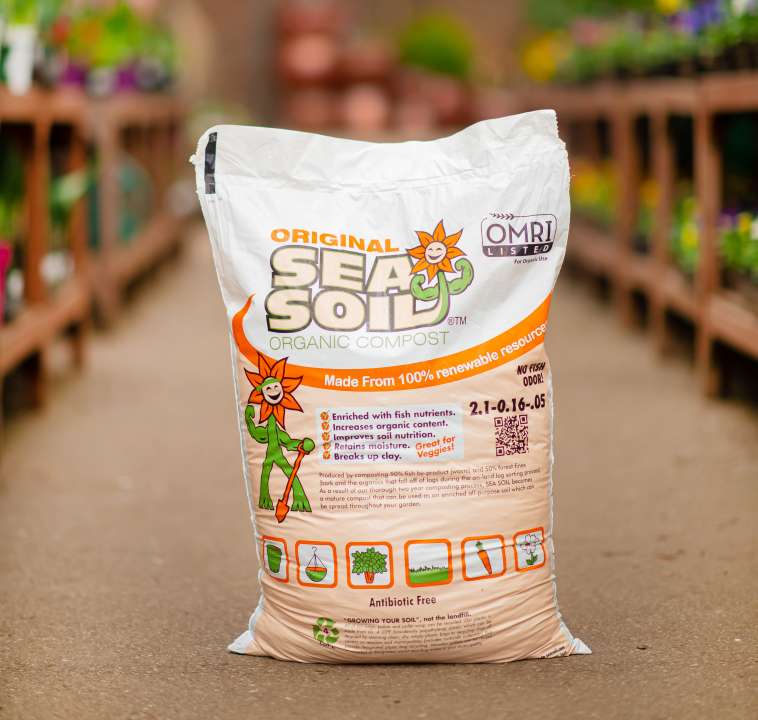
Work on feeding your soil and the micro-organisms that live in it. Check out products such as Original Sea SoilTM, Myke fertilizers, organic fertilizers, or any of the other organic and soil building products in the Garden Supplies section at your local GARDENWORKS. Learn more about the benefits of organic fertilizers HERE.
Biological Pest Control Options
Often, the tiny ecosystem that is your garden will right itself if given a bit of time. Horrible aphid problem? Just wait long enough and the ladybugs and parasitic wasps will move in to take care of the problem. In fact, some plants and trees can actually produce chemicals that attract predators like lady bugs in response to an attack by aphids.
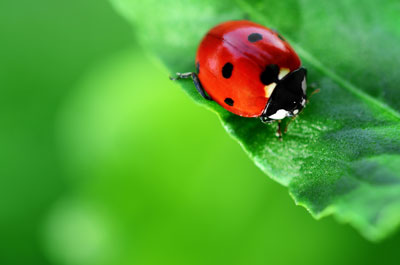
Another reason to know before you jump to a conclusion is what might look like a plant disease is actually a case of environmental damage and no amount of chemical you spray will ever make it right. An early or late frost, pollution, a sunburn, or a sneaky pet using your front garden as a bathroom can be the actual culprit and we don’t want unnecessary chemicals released into the environment.
Talk to one of the in-store experts, and find out a bit more about what is going on with your plants. Don’t just jump to grab a bottle and spray.
If you do have a problem in your garden that needs a little bit of an external nudge from you to set it right, then you have “greener” options available. These options include anything from physical barriers, to cultural practices and biological/green products. An amazing amount of research and effort has gone into creating products that utilize natural and bio-resources, from nematodes, bacteria, fungi, beneficial insects, and a complete range of botanical ingredients. Check out the Garden Supplies section of your local GARDENWORKS and peruse the selection.
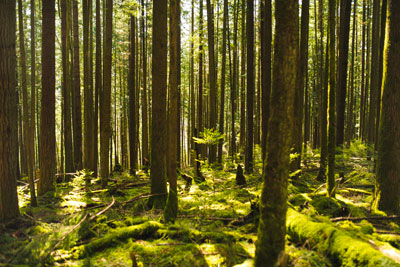
While I love the idea of a grand gesture to attract attention and facilitate change, to me it’s the small every day victories that matter the most. Earth Day is just one day, but for gardeners, and all other caretakers of the land, it’s the everyday actions that add up to bigger change. So, if you are a gardener, or even just became a first time “plant-parent” take a bow, I thank you, and please keep up the good work.

